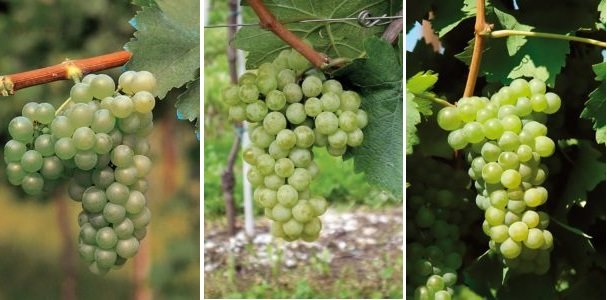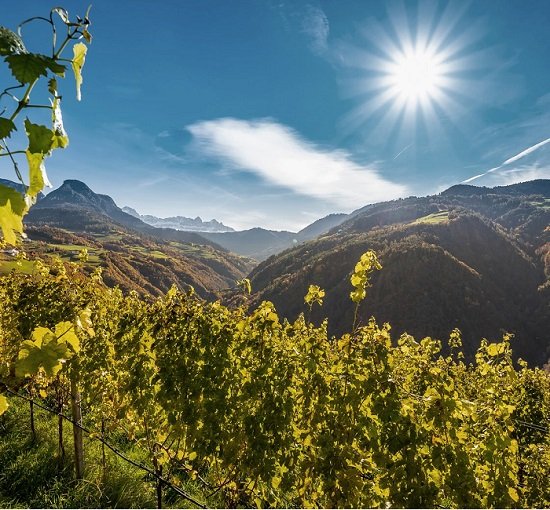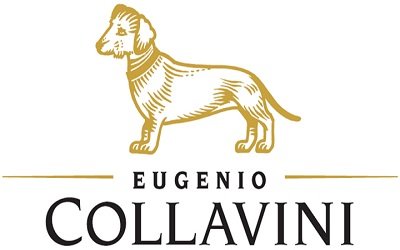In every glass, Sauvignon offers a compelling taste experience, inviting wine lovers to explore the richness and diversity of its expressions in different regions of the country.
As every wine lover knows, the Sauvignon is a grape variety that produces white wines characterized by a distinctive flavor profile. Native to the Loire region of France, it has spread throughout the world and is now grown in many wine regions, including Italy.
Despite having such a distinctive aroma, however, Sauvignon has the ability to express the peculiarities of the local terroir. This means that climate, soil, and other environmental and human factors influence the flavor and taste profile of the wine being produced.

Brief history of styles
We could say that in the beginning it was France. Loire wines, such as those from Sancerre and Pouilly-Fumé, have laid down the law, teaching the world how to make this wine. Using traditional techniques such as fermentation in stainless steel or wooden barrels, often prolonged contact with yeasts contributes to greater complexity. The characteristic feature of this style is the aromatic complexity that is never excessive and taste elegance.
Turning the tables came the New Zealanders. In the Marlborough regions of the South Island, the maritime and cold climate contributes to slow ripening of the grapes. Winemaking is often focused on using low-temperature fermentations in stainless steel, in reduction, to preserve freshness and expressive vibrancy. This results in wines from the aromatic profile more explosive and concentrated than the French, with intense aromas of tropical fruits, such as maracuja and kiwi, as well as distinct hints of herbs, such as nettle and basil.
The differences between French and New Zealand Sauvignons are so obvious in their flavor profiles that they have created two schools of thought, both with their proponents.

History and diffusion in Italy
The introduction of Sauvignon in Italy dates mainly from the second half of the 19th century. Initially grown in the northeastern regions, the grape later found fertile ground in other wine-growing areas of the country.
The Friuli-Venezia Giulia, known for its vocation for whites, was one of the pioneers in the cultivation of Sauvignon in Italy. The hills of Collio and Colli Orientali del Friuli offer ideal climatic conditions and terroir for this variety. Sauvignons from the region often have aromas of citrus, herbs and saltiness.
In the heart of the Italian Alps, the Trentino Alto Adige is another region that has successfully embraced the cultivation of Sauvignon. Vineyards located at high elevations and mineral soils give the wines a vibrant freshness, with aromas ranging from tropical fruit to nuances of green pepper.
In other regions of Italy, wineries often experiment with different winemaking techniques to make the most of Sauvignon’s unique characteristics, with some producers drawing inspiration from the French style, others from the New Zealand style, and others choosing an intermediate path, according to personal tastes and winery philosophies.
We offer four Sauvignons from different regions, which we have flagged in our guide
Wines for all budgets
.









